I have to admit that behind this simple desire to spend time with loved ones in landscapes I adore, I have a hidden agenda: to build environmental stewardship. Several times I have tried to explain the merits of an Urban Growth Boundary in protecting agricultural soils or discussed the value of wetlands to native wildlife. But those concepts are complex and difficult for the average person to immediately understand and accept.
My sales pitch for why the UGB is a good thing involves taking a short drive to pick strawberries on a local farm. The out-of-towners make comments like, “Wow, and this place is just 30 minutes outside Portland?” And I can say, “Yes, that’s part of what makes the UGB so great – farmland can stay farmland to grow great food, but still be accessible to city slickers.”
The message doesn’t sink in with everyone. The younger berry-pickers in our party don’t care about the UGB – it’s hard to stand in the way of a little Juniper and her favorite fruit – but even in that case, this little outing might just make an impact in shaping the way she views open spaces.
Multiple times I have tried to explain the value of a wetland only to be asked, “But isn’t that just basically a mucky swamp?” When we took friends on an urban hike into Oaks Bottom Wildlife Refuge, the value of a wetland in their minds completely shifted. Birds skated along the water, herons hunted for food and we felt collectively honored to see a slice of nature in the middle of the city.
We are only a few weeks in to another summer in paradise. Our list of visitors grows, as do my plans to convert them all into ambassadors back home of preserving sensitive habitats and protecting agricultural soils.
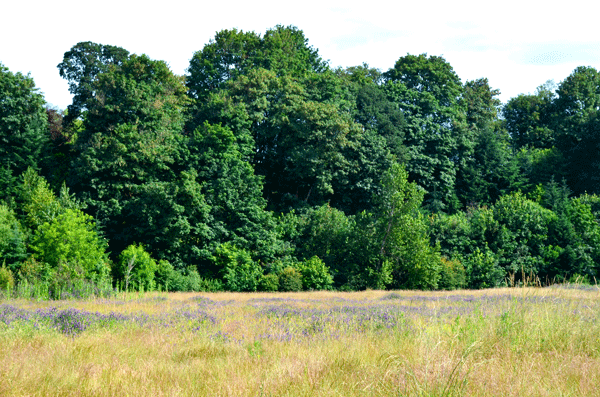
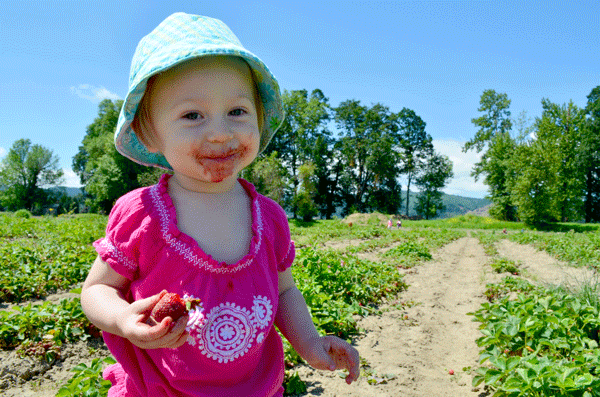
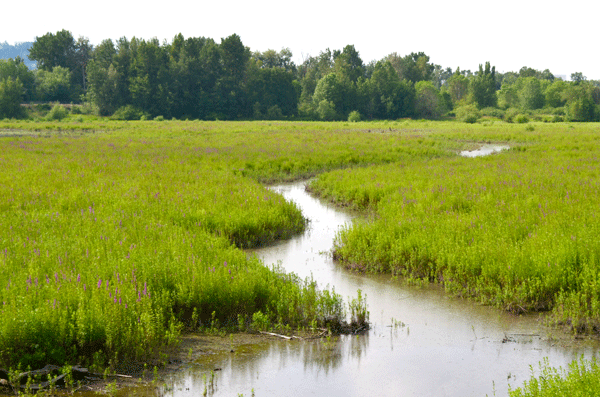
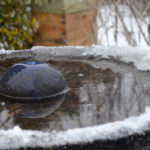
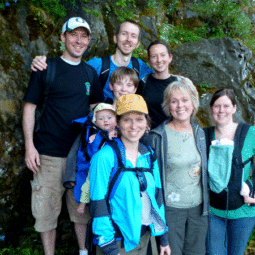
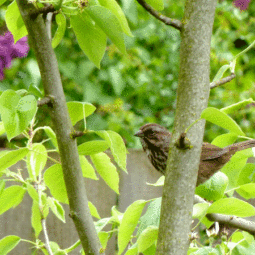
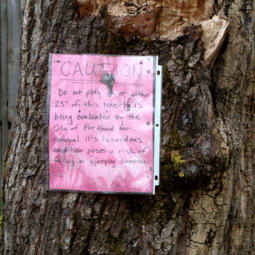

 This cluster was about the siz
This cluster was about the siz




 I start with a
I start with a


Most people only know pavement and processed food and are completely disconnected from the fact that they are part of life on Earth. It’s hard to get through to people who are not conscious of reality, but I think you’re doing a great job of changing that one person at a time.